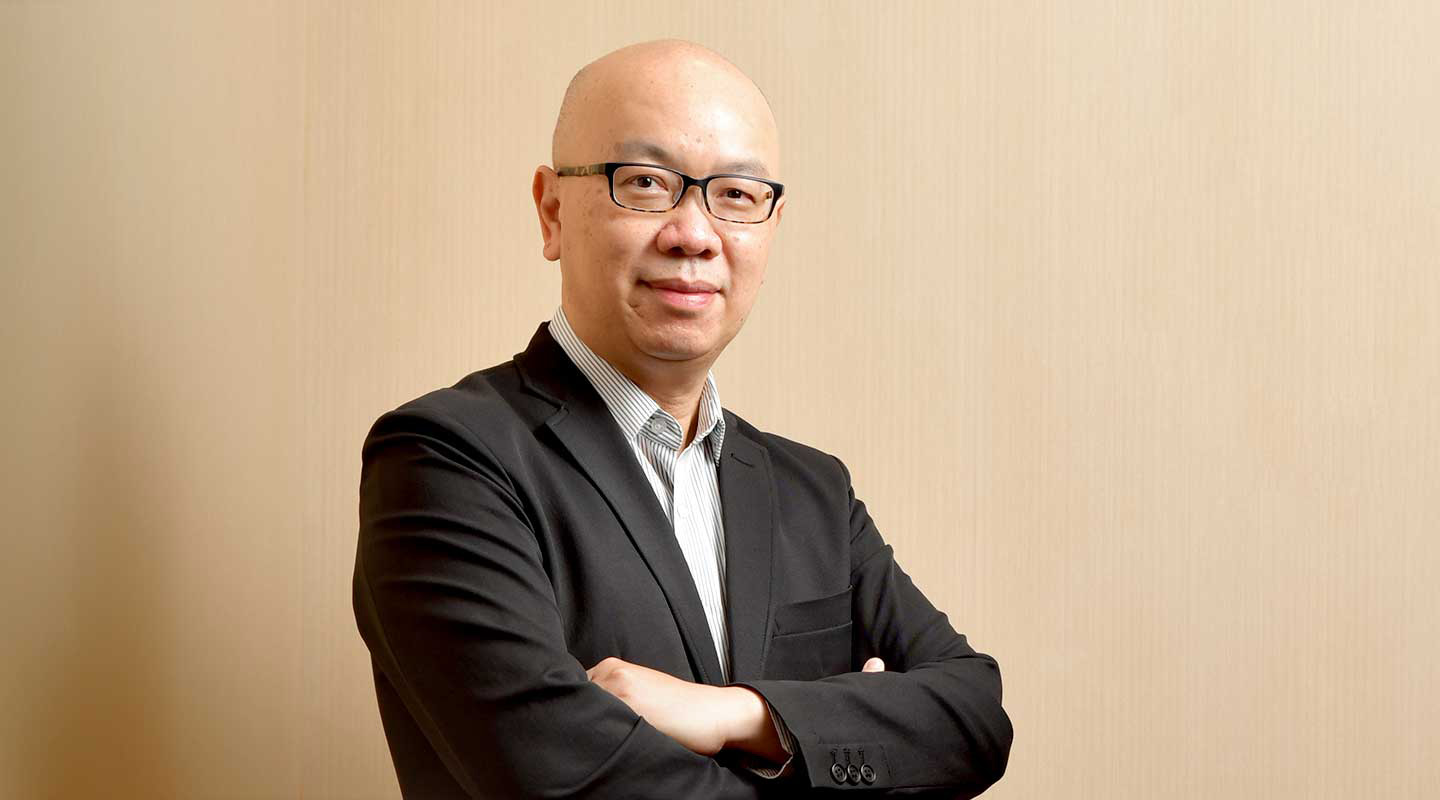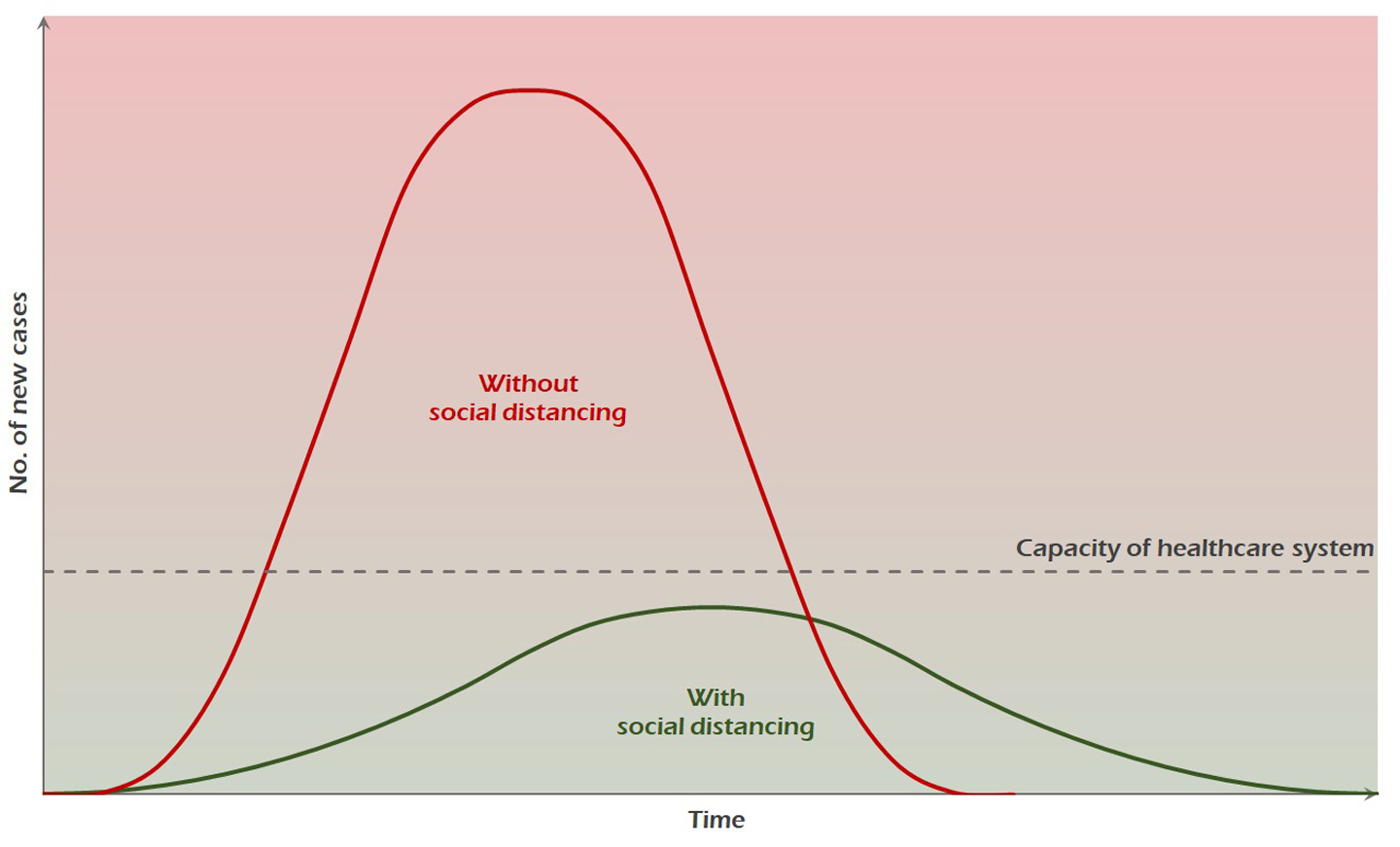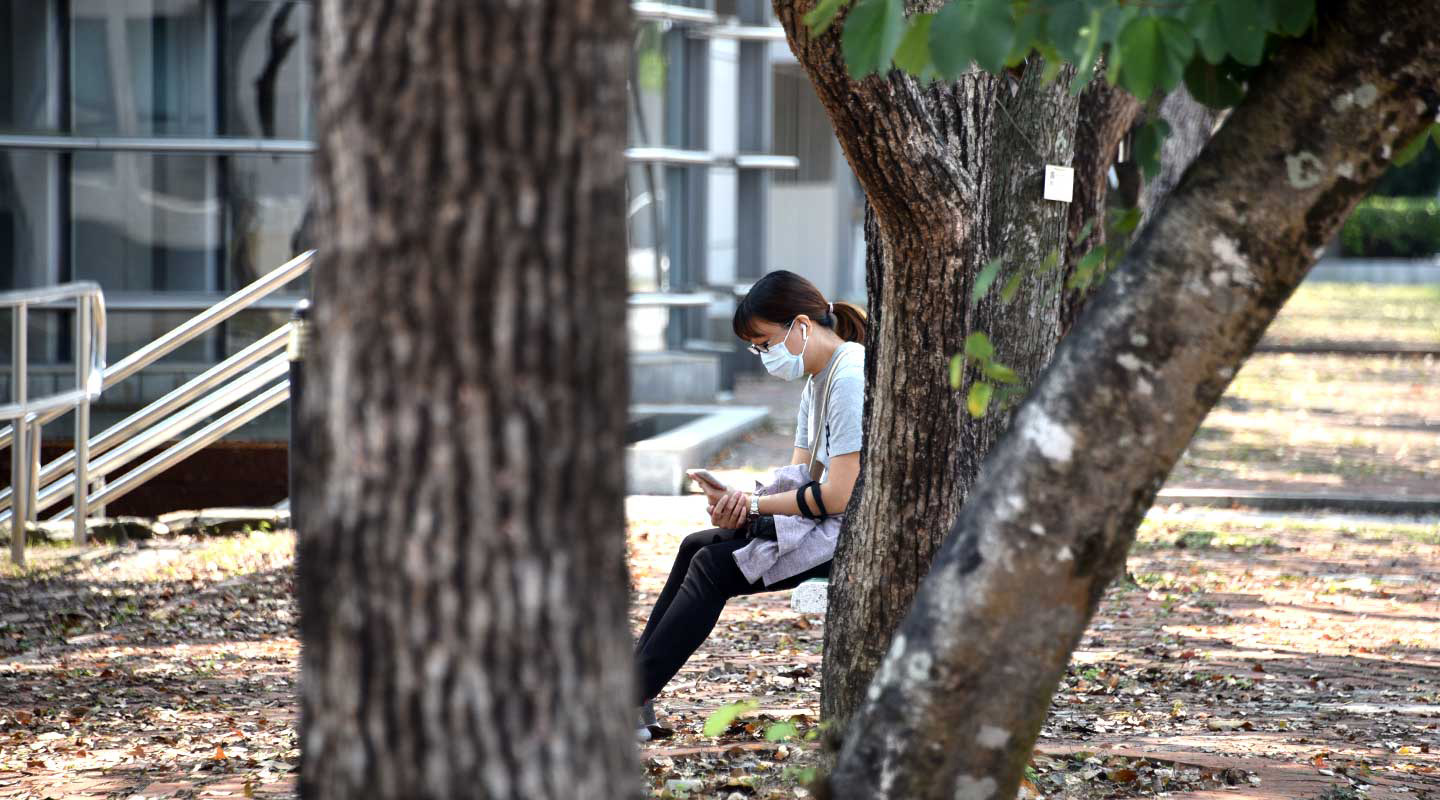The Greatest Experiment on Earth
Charting the new normal of social distancing with Scotty Luk

Never have we gone this far to stay apart. Shutting down entire cities and forcing hundreds of millions of people to work and study from home, this pandemic prompted the biggest social distancing exercise in human history. And though it has gone on for months, some degree of separation is here to stay.
‘It all boils down to a formula,’ said Dr. Scotty Luk, director of the University Health Service, explaining the idea of social distancing.

In epidemiology, the spread of a disease in the absence of intervention is measured by the basic reproduction number, R0. The number is the product of three factors: the duration for which a patient can infect others, the pathogen’s own infectivity and the number of people with whom the patient comes into contact. Out of these three factors, the only controllable one is the number of contacts, and one way to control it is precisely social distancing.
‘At the heart of social distancing is preventing group gatherings,’ Dr. Luk explained. When two people socialize, the chances of infection are many times greater than if they are not; when it gets to four people, assuming none of them is wearing a mask, the likelihood becomes exponentially higher.
‘With social distancing, we can contain the disease to the point where there aren’t too many patients for the medical system to handle,’ Dr. Luk pointed out. Remember there are only so many healthcare resources available at any one time. With too many cases as there were in Lombardy, disaster ensues.
‘What worries us the most and what many fail to grasp is it doesn’t end with the medical system collapsing,’ Dr. Luk said. ‘Following the meltdown in the healthcare sector is the city’s entire infrastructure being devastated. Hospitals are unable to treat patients with other medical needs, while funeral services are put under massive strain.’ Surely we will not forget the many deceased New Yorkers having had to be stored in trucks.

As we are seeing fewer cases here in Hong Kong, we may be anxious to come out of isolation. But in South America, a new wave of infections has just begun. We are out of the pandemic only when it is over everywhere, and Dr. Luk warned that the disease will only go back and forth between the hemispheres as winter descends on one after the other.
‘This relay will go on until there’s a vaccine, a cure or a decay in the virus’ potency after a few generations. These are going to take years.’
This is not to say there is no room for social distancing measures to be eased. As Dr. Luk noted, restrictions are being lifted in a number of countries. The key is to strike a balance.
‘The crisis would be over in a month with a full lockdown around the globe, but that’s impossible,’ said Dr. Luk. ‘We can’t go too far without dealing an unimaginable blow to education, the economy and other human activities. The answer, then, lies in the middle of the spectrum.’
As things calm down in Hong Kong, some activities should be able to resume. We are back to office, for instance, and schools are reopening. All the while, we must stay alert and pay attention to the situation elsewhere in the world. There is nothing worse than lapsing back into those cruel months of March and April.
‘We’ll be oscillating between full normality and a complete lockdown as the pandemic continues to unfold. This is what we call “the new normal”.’
Closer to home, CUHK will, too, have to embrace this new normal as a new academic year begins in September. While we need to ensure that the University performs its essential academic and administrative functions, social distancing will remain an integral part of our lives.
‘There’ll be new ways to attend classes. The same goes for living in a hostel and riding in a school bus,’ Dr. Luk looked ahead. ‘It’s not that we should ban certain activities. The point is to do them in a new fashion, one that takes into account the need for social distance.’ Wearing a mask is a good alternative, he added, though of all measures social distancing is the most effective.

Having tried our hands at online learning and working from home over the past few months, those of us in the CUHK community are prepared. With experience of web conferencing and fluency in cloud computing, we are on track to find a sustainable way of holding out against the disease. And in case there is a second wave, we are ready to adapt.
But all this talk of a new normal is predicated on the assumption that we will have a vaccine in a year or two. What if we have to wait even longer? And what if there is a new iteration of the virus or indeed, a whole-new pathogen? Perhaps this new normal is really the only normal, the sole way of life in the long run if we are to avert another plague.
‘I was listening to the radio while driving one day. I remember the hosts asking if cassette tapes would be phased out with the advent of CDs. That was in the 1980s. Thirty years on, CDs themselves are being phased out.
‘With a new era comes a new way of being. The post-pandemic world will look nothing like we’ve ever seen indeed. Be it education or economy, things will be done very differently. It’ll be very difficult for those who can’t keep up with the times,’ said Dr. Luk.
Before the SARS outbreak in 2003, my family and I would share food with personal chopsticks. As the disease took hundreds of lives in Hong Kong, including that of my father’s best friend, we got ourselves an extra pair of chopsticks at every meal, dedicated to sharing food. This habit has stuck with us ever since and has probably stopped countless cross-infections.
Yet another paradigm shift may be awaiting us. Under the new normal, there might be a day or two every week when we will work from home and packing all your friends into a karaoke box might no longer be an option. It will be inconvenient. But with the same kind of creativity and experimentation we have seen in the past few months, we will find our way around the obstacles. Most of all, millions of lives might be saved. At the end of the day, we must accept that there may be no going back—and why would we go back?
Jason Yuen
This article was originally published on CUHK Homepage in Jun 2020.

